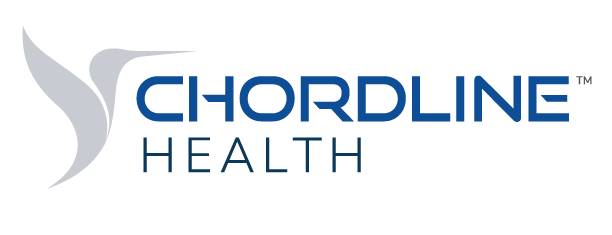PACE Programs Amid COVID-19
Audrey Ward, RN, MBA
Clinical Account Executive
As we roll into the third month of COVID-19, the world is becoming a very different place, and moving at a very different pace in all manner of speaking. One area particularly affected by the Novel Coronavirus, is a program that serves the most vulnerable population, the Program of All-Inclusive Care for the Elderly (PACE). Participants in the program are 55 years or older and are typically frail elderly still living in the community but needing comprehensive medical and social services that might otherwise be provided in a nursing home. This puts the population of program participants in the highest risk category for exposure and infection with COVID-19.
PACE programs across the country are striving to stay open and continuing to provide the necessary services amid quarantine, lack of resources, and risk of exposure and transmission for both the participants and the providers of care and services. Recognizing that these organizations are dependent upon up-to-date information to better serve and protect program participants, the National Pace Association (NPA) has established an information hub where community providers can access the tools and resources needed to serve the frail and vulnerable.
The information hub located at https://www.npaonline.org/coronavirus-disease-2019-covid-19 provides easy to find, valuable information including the following:
Summaries of CMS COVID-19 Communications
PACE Organizations’ Responses to COVID-19
COVID-19 Resource Links
Telehealth Resources
Personal Protective Equipment (PPE) Information
Emergency Preparedness e-Community
COVID-19 Clinical and Quality Resources
Webinars on COVID-19
COVID-19 Weekly Updates
The Emergency Preparedness e-Community is the designated location for NPA member PACE plans to exchange information related to COVID-19. If not already a member, PACE plans are encouraged to create an account to access this critical information. In addition, the NPA is monitoring regulatory and congressional activities and providing links to State Policy Updates, Federal Assistance Programs, and Federal Policy related to COVID-19.
In a publication by Health Dimensions Group (HDG) Skilled Nursing & Senior Living COVID-19 Response & Resource Guide, community providers will find additional guidance on communication, workforce planning and support, surveillance and preparedness plans, financial resources, policy changes, and rapid response teams.
Life for both participants and providers of PACE has changed. Technology such as tablets, tools and training are being leveraged for e-visits, and residents are experiencing more in-room and hallway activities with overhead speaker games and interaction rather than group interactions.
There are more than 260 PACE centers located in 31 states, and many ways that the community at large can aid and support. On a larger scale, consider starting a PACE Program, or financially supporting an existing program with a donation of any amount. Ask Congress to support PACE programs, especially during the COVID-19 pandemic, by contacting your U.S. Representative and U.S. Senators. The gesture need not be grand to make a big difference. Giving encouragement to participants and providers by sending cards, letters, puzzles, books, and other small gifts can bring a positive change of PACE, if even for a moment.
